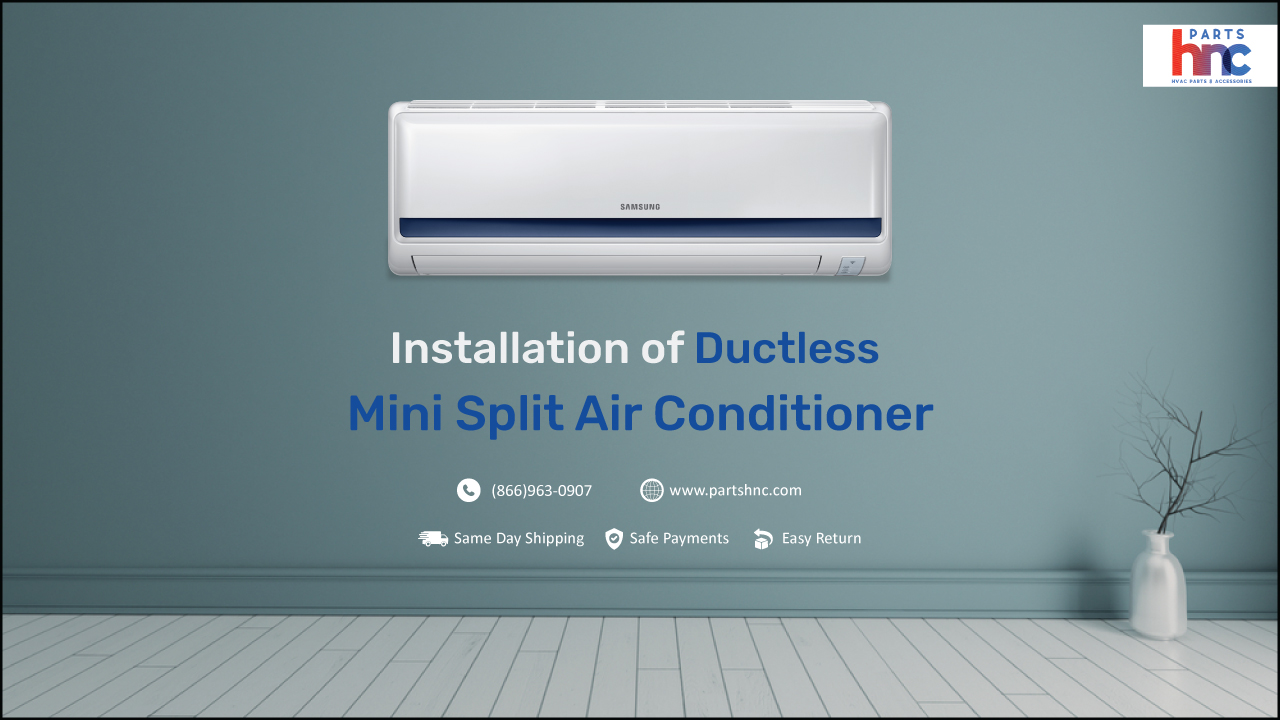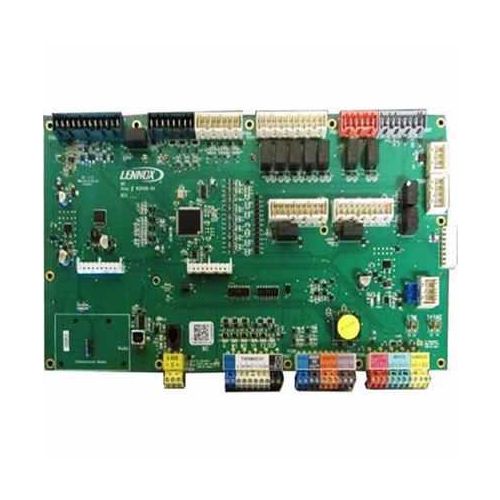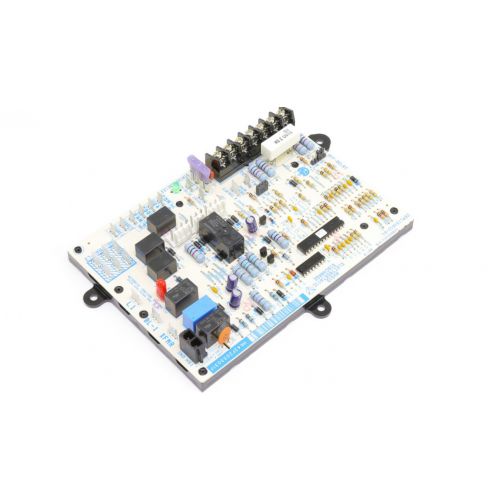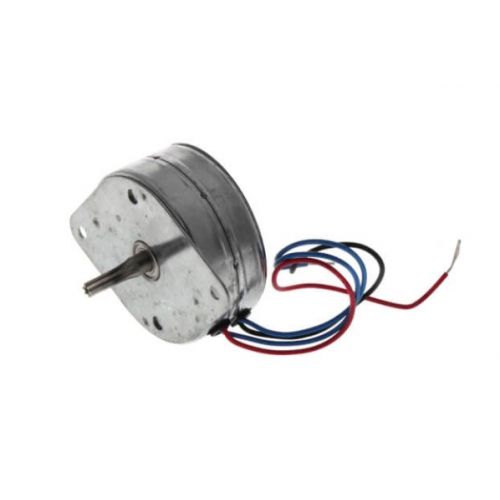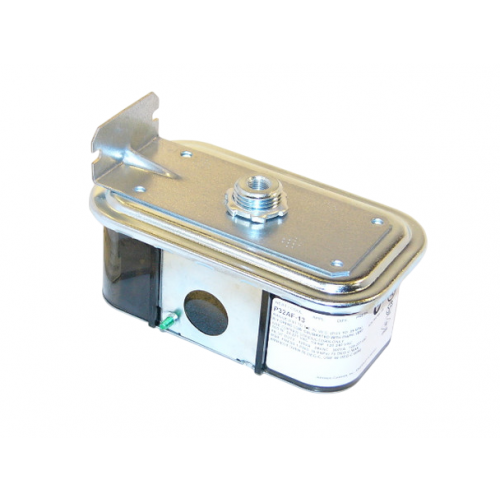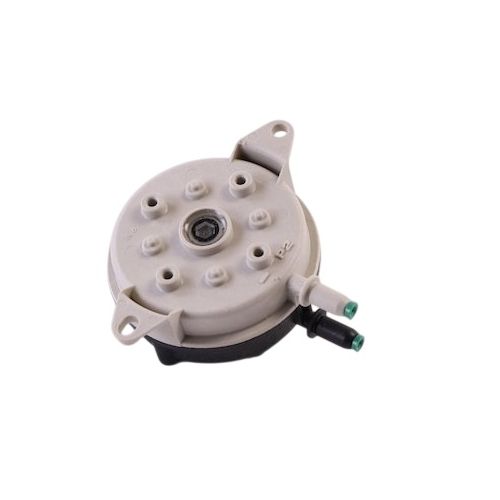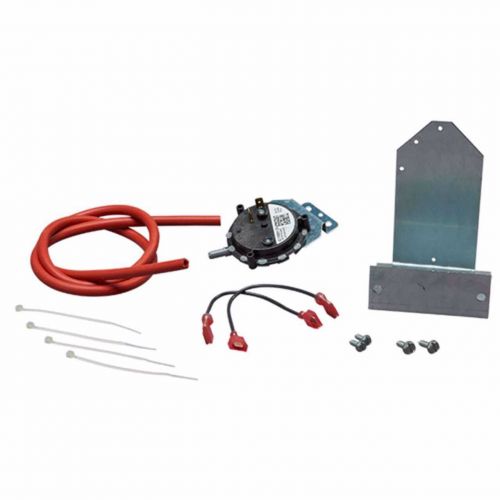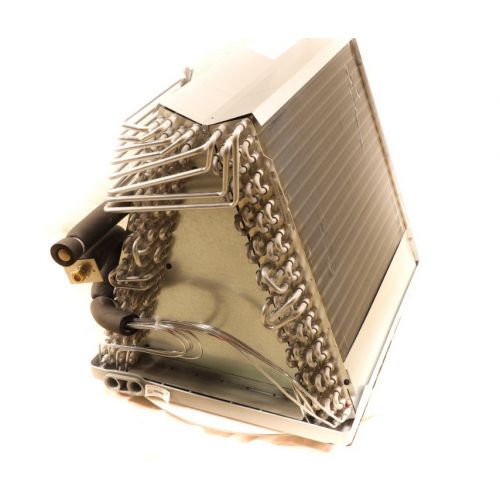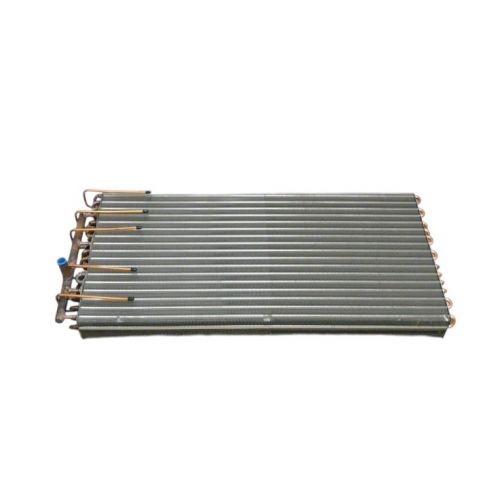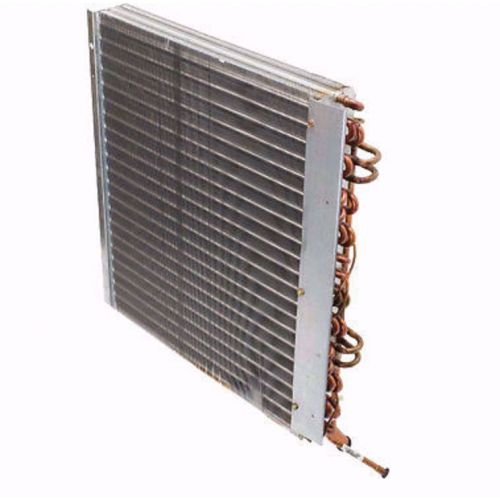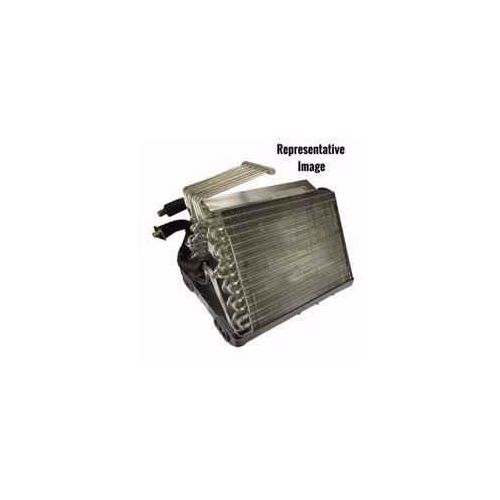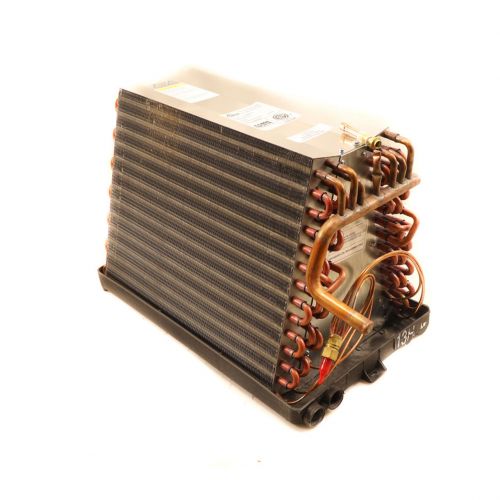How to Install Ductless Mini Split Air Conditioner
When it comes to home cooling, ductless mini split air conditioner have gained popularity for their efficiency and flexibility. Unlike traditional central air conditioning systems, ductless air conditioners do not require ductwork, offering a convenient and cost-effective solution for cooling individual rooms or specific zones in your home.Then how to install mini-split air conditioner?
In this article, we will guide you through the process of installing a ductless mini split air conditioner, allowing you to enjoy the benefits of personalized comfort and energy savings. Whether you're looking to cool a single room or upgrade your entire home's cooling system, understanding the mini split ac installation process will help you make informed decisions and ensure optimal performance for years to come.
Table of Contents
What Is a mini split air conditioner?
A mini split air conditioner is a cooling system that provides targeted climate control to individual rooms or areas. Mini split ductless air conditioner do not require ductwork to distribute air. They consist of two main components: an outdoor condenser unit and one or more indoor air handlers. The condenser unit cools the refrigerant, which is then circulated to the indoor units via refrigerant lines. Each indoor unit has its own thermostat and can be independently controlled, allowing for customized temperature settings in different areas of a home or building. Mini split ductless air conditioners are energy-efficient, quiet, and provide flexibility in cooling specific zones.
Read more about wall mount air conditioner here.
How does a mini split air conditioner work?
A mini-split air conditioner, also known as a ductless air conditioner, operates on a simple yet efficient principle. It consists of two main components: an outdoor unit and an indoor unit. The outdoor unit contains a compressor, condenser coil, and a fan, while the indoor unit comprises an evaporator coil and a fan. When you turn on the mini-split air conditioner, the compressor in the outdoor unit circulates refrigerant, which absorbs heat from the indoor air. This heat is then transferred to the outdoor unit, where it is released into the outside environment. Meanwhile, the cooled refrigerant flows back to the indoor unit, and the fan blows air over the evaporator coil, delivering cool air into the room.
If you are looking to buy top-quality parts of an air conditioner at competitive prices, PartsHnC is your one stop solution! We offer a wide range of parts from renowned brands like Lennox, Carrier, Atosa, and more. With our extensive selection and unbeatable prices, you'll find everything you need to keep your AC running smoothly.
How to size a ductless mini split air conditioner?
In order to ensure optimal performance and energy efficiency, proper sizing is essential when choosing an AC mini split installation. Sizing refers to determining the appropriate capacity or BTU (British Thermal Unit) rating of the unit based on the specific cooling requirements of the space. A system that is too large or too small for the area can result in inefficient operation, inadequate cooling, or excessive energy consumption. To ensure you select the right size for your ductless mini split air conditioner, follow these steps:
Calculate the cooling load: Begin by determining the cooling load or the amount of cooling capacity required to effectively cool the space. Factors that influence the cooling load include the room's square footage, insulation levels, ceiling height, number of occupants, sunlight exposure, and the climate zone you're in. You can use online calculators or consult with a professional HVAC (Heating, Ventilation, and Air Conditioning) contractor to accurately estimate the cooling load.
Consider additional factors: In addition to the cooling load, consider other factors that might affect the unit's sizing. For example, if the room is heavily shaded, you may be able to choose a slightly smaller unit. On the other hand, if the room receives a lot of direct sunlight or has high ceilings, you might need a larger unit to compensate for the extra heat gain.
Consult the manufacturer's recommendations: Once you have an estimate of the cooling load, refer to the manufacturer's specifications and guidelines for their mini split ductless air conditioner models. They typically provide a recommended BTU range for different room sizes. Keep in mind that these recommendations are general guidelines, and it's essential to consider the specific requirements of your space.
Seek professional advice: If you're unsure or want to ensure the most accurate sizing, it's recommended to consult with a professional HVAC contractor before mini-split installation. They have the expertise to perform a detailed assessment of your space, considering factors like insulation quality, air leakage, and any unique characteristics that may impact the cooling load. With their knowledge, they can recommend the appropriate size and model of a ductless mini split air conditioner.
Optimal zone configuration: If you're planning to install a multi-zone ductless mini-split system with multiple indoor units connected to a single outdoor unit, it's crucial to consider the zoning configuration. Each indoor unit should have a cooling capacity that matches the cooling load of the respective zone. For example, bedrooms may require smaller capacities compared to the living room or kitchen. By properly configuring the zones, you can achieve efficient cooling while saving energy before you install mini split air conditioner.
.
Energy efficiency considerations: While sizing the ductless mini split air conditioner, it's also worth considering energy efficiency. Higher SEER (Seasonal Energy Efficiency Ratio) ratings indicate greater energy efficiency. Although high-efficiency units may have a higher upfront cost, they can provide long-term savings on energy bills.
These are the factors to before you consider ductless AC installation.
How to install mini split air conditioner?
Installing a mini split air conditioner is a great way to cool specific areas of your home or office without the need for extensive ductwork. These compact and efficient cooling systems are relatively easy to install, especially if you have basic DIY skills.
Here is how to install a mini split system:
Determine the location: Choose a suitable location for the indoor unit of the mini split air conditioner. It should be installed high on a wall and away from direct sunlight or heat sources. Also, make sure there is enough clearance around the unit for proper airflow.
Install the mounting plate: Before starting ductless mini split installation, Use a level to ensure the mounting plate is straight. Secure it to the wall using screws and anchors. Make sure it is sturdy and can support the weight of the indoor unit.
Drill a hole: Drill a hole through the wall for the refrigerant lines, condensate drain, and electrical wiring. The size of the hole will depend on the manufacturer's specifications.
Connect the refrigerant lines: Attach the refrigerant lines to the indoor unit. These lines are pre-insulated and come with flare connections for easy installation. Follow the manufacturer's instructions for connecting the lines properly.
Connect the condensate drain: Connect the condensate drain pipe to the indoor unit. Make sure it is sloped downward to allow proper drainage. You can route the drain pipe to a suitable drain location, such as a nearby sink or outside.
Mount the indoor unit: Hang the indoor unit on the mounting plate. Ensure that it is securely attached and level. Connect the refrigerant lines and condensate drain pipe to the unit according to the manufacturer's instructions.
Install the outdoor unit: Find a suitable location for the outdoor unit, preferably on a flat surface away from direct sunlight and debris. Install the unit on a concrete pad or mount it on brackets against a wall. Connect the refrigerant lines to the outdoor unit using proper flare connections.
Connect the electrical wiring: Connect the electrical wiring from the outdoor unit to the indoor unit. Follow the wiring diagram provided by the manufacturer and ensure proper connections to avoid any electrical hazards.
Test the system: Once the ductless air conditioner installation is complete, turn on the power and test the mini split air conditioner. Check for any refrigerant leaks, unusual noises, or performance issues. Adjust the settings and ensure the unit is cooling effectively.
If you're experiencing issues with your AC, be sure to check out this HVAC Air Conditioner Troubleshooting guide.
Here is an estimated breakdown of ductless mini split air conditioner installation:
|
Item |
Mini Split AC Installation Cost Range |
|
Mini split air conditioner unit |
$500-$3,000 (depending on capacity and brand) |
|
Ductless air conditioner installation labor |
$500-$2,000 (varies by location and complexity) |
|
Mounting brackets and materials |
$50-$200 |
|
Electrical wiring and conduit |
$100-$300 |
|
Refrigerant lines and fittings |
$100-$400 |
|
Condensate drain line |
$50-$150 |
|
Miscellaneous supplies |
$50-$100 |
How much does a mini split air conditioner cost?
Here's the table showing the cost range of mini-split air conditioners based on the type:
|
Mini Split Air Conditioner Type |
Cost Range |
|
Single-Zone, 9,000 BTU |
$800 - $1,500 |
|
Single-Zone, 12,000 BTU |
$900 - $1,800 |
|
Single-Zone, 18,000 BTU |
$1,200 - $2,500 |
|
Multi-Zone, 24,000 BTU |
$1,800 - $3,500 |
|
Multi-Zone, 36,000 BTU |
$2,500 - $5,000 |
|
Multi-Zone, 48,000 BTU |
$3,500 - $7,000 |
Know more about How To Install A Window Air Conditioner: A Step-By-Step Guide
How to clean a mini split air conditioner?
Mini split air conditioners offer efficient and targeted cooling while being compact and easy to install. However, like any other air conditioning system, mini splits require regular cleaning and maintenance to ensure optimal performance and longevity. Cleaning ductless air conditioners involves a few simple steps that can be easily done by following the instructions provided by the manufacturer. Here is a step-by-step guide on how to clean a mini split air conditioner:
Turn off the power: Before starting any air conditioner cleaning procedure, make sure to turn off the power supply to the mini split unit. This will prevent any accidents or damage during the cleaning process.
Remove the air filters: Mini split air conditioners usually have removable air filters that trap dust, dirt, and other airborne particles. Locate the air filter panel on the indoor unit and carefully remove the filters. Depending on the model, the filters may slide out or require unscrewing.
Clean the air filters: Once you have removed the air filters, clean them thoroughly. You can either vacuum the filters to remove loose dirt and debris or wash them with mild soap and water. Be sure to follow the manufacturer's instructions for cleaning the filters as some models may require specific cleaning methods.
Inspect the coils: After cleaning the air filters, take a moment to inspect the coils inside the indoor unit. If you notice any dust or debris buildup, use a soft brush or a cloth to gently remove it. Avoid using sharp objects or excessive force to prevent damage to the coils.
Clean the condensate drain pan: Mini split air conditioners have a condensate drain pan that collects the moisture produced during the cooling process. Over time, this pan can accumulate dirt and mold, leading to unpleasant odors and reduced efficiency. To clean the drain pan, remove it from the indoor unit and wash it with a mixture of water and mild detergent. Rinse it thoroughly and ensure it is completely dry before reinstalling it.
Check the outdoor unit: While the majority of the air conditioner cleaning process focuses on the indoor unit, it's important not to neglect the outdoor unit. Inspect the outdoor unit and remove any debris, leaves, or obstructions that may hinder proper airflow. Use a soft brush or a vacuum cleaner to clean the exterior of the unit and ensure the vents are clear.
Reassemble the air filters and power on: Once you have cleaned all the components, reassemble the air filters and securely attach them back onto the indoor unit. Double-check that all the parts are properly installed and that the condensate drain pan is in place. Finally, turn on the power supply to the mini split air conditioner.
Regular maintenance: Cleaning your mini split air conditioner should be part of your regular maintenance routine. It is recommended to clean the filters at least once every month or as instructed by the manufacturer. Additionally, scheduling professional maintenance once a year can help ensure the system is in optimal condition and address any potential issues.
Installing a ductless mini split air conditioner is a relatively straightforward process that can provide significant benefits for your home or office. By following the step-by-step guide outlined in this article, you can enjoy efficient cooling and heating without the need for extensive ductwork. With proper split AC unit installation and maintenance, a ductless mini split system can enhance your comfort and energy efficiency for years to come.
Know more about A Step-By-Step Guide On How To Replace AC Compressor
FAQs
Can I install a ductless mini split myself?
While it is technically possible to install a ductless mini split yourself, it is recommended to hire a professional HVAC technician for the installation. They have the expertise and knowledge to ensure proper installation and optimal performance.
How many square feet can a ductless mini split cool?
The cooling capacity of a ductless mini split can vary depending on the model and BTU (British Thermal Units) rating. Generally, a single-zone mini split can cool a room or area ranging from 300 to 1,500 square feet, while multi-zone systems can cool multiple rooms or larger spaces.
How far off the wall should a mini split be?
The distance between a mini split indoor unit and the wall can vary, but it is typically recommended to leave a clearance of 6 to 12 inches for proper airflow and maintenance access. Refer to the manufacturer's guidelines or consult an HVAC professional for specific recommendations based on your unit.
Where is the best place to put a mini split?
The best place to install a mini split indoor unit is typically on an exterior wall, preferably in a central location within the room. This allows for efficient airflow and even cooling/heating distribution. It is important to avoid obstructions, direct sunlight, and sources of heat or moisture.
What is the best time of year to buy a mini split?
The best time to buy a mini split is typically during the offseason, which is in the fall or spring when demand is lower. Prices may be more competitive during these times, and you'll have more flexibility in scheduling the installation without facing peak season delays.
What is the lifespan of a mini split?
The average lifespan of a well-maintained ductless mini split system is approximately 12 to 15 years. However, this can vary depending on factors such as usage, maintenance, and environmental conditions. Regular maintenance and timely repairs can help extend the lifespan of the unit.


